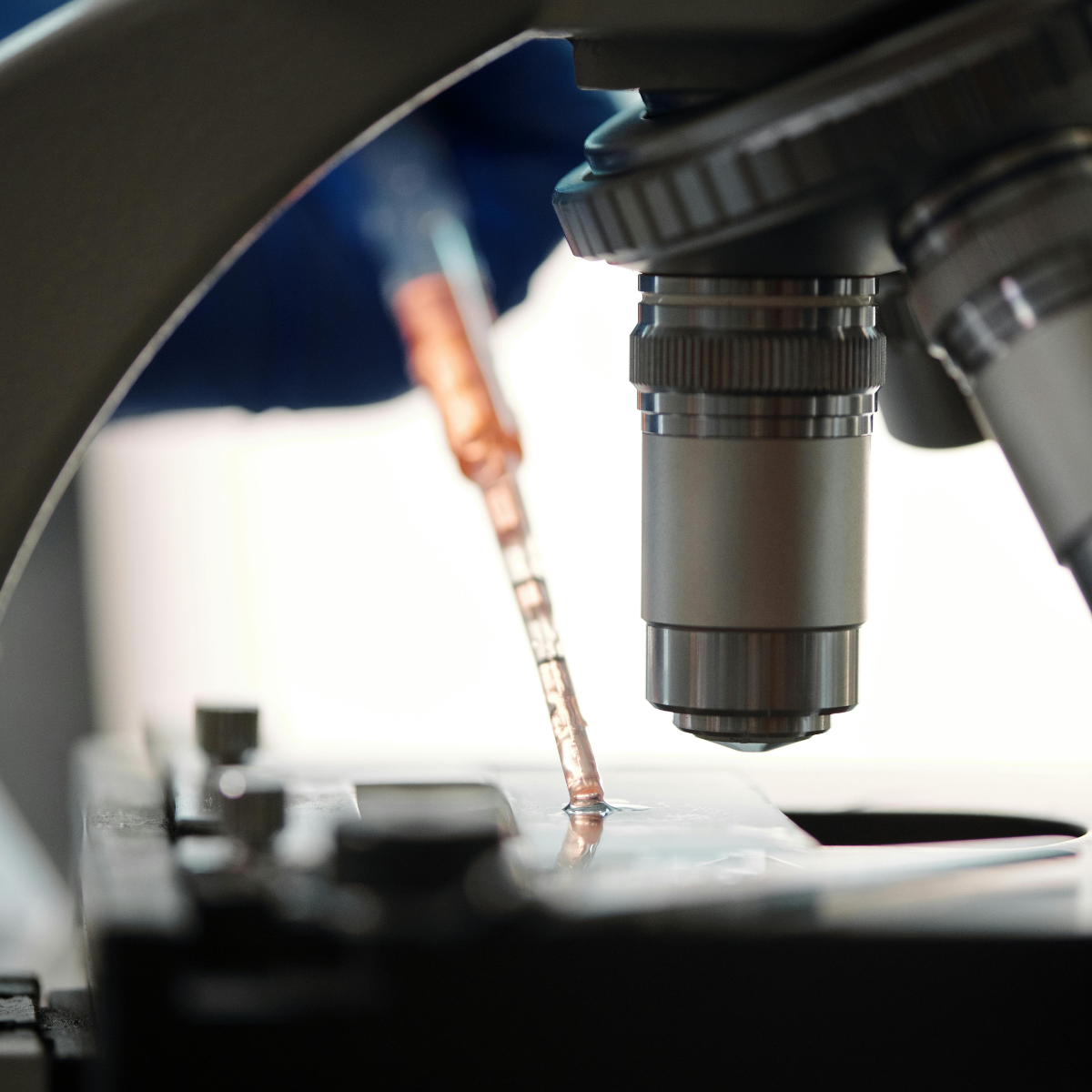Optimisation of cell counting and cell culture for Geodia barretti
By: Luka Kuiper, MSc Student Biotechnology, Wageningen University & Research

Sponges have proven to be a rich source of bioactive compounds with pharmaceutical applications. However, their potential remains largely untapped due to the limited availability of biomass. A promising solution for this problem is the use of in vitro sponge cell cultures. Thus far, this approach has been unfeasible because no growth medium had been established. Recently new culture media were developed that enable rapid cell division in several sponge species, including Geodia barretti. Consequently, sponge biotechnology moves into the next phase, scale-up. This study aims to overcome the supply problem that has prevented the industrial adaptation of sponge biotechnology.
In this work, G. barretti cultures were successfully scaled up from well plates to shake
flasks, and finally a 200 mL bioreactor.
Furthermore, new methods were developed to increase the speed and reliability of cell counts. To improve the settling
speed of sponge cells on hemacytometer slides a modified salad spinner was used as a centrifuge.
Finally, this study revealed that the cell population changes depending on culture conditions. Geodia barretti cultures in a bioreactor consisted of non-motile suspended aggregates, while shake flask cultures contained a large fraction of choanocytes (small flagellated stem cells). We hypothesize that this difference is caused by differing levels of cell-cell contact between the cultivation conditions. Cells in the bioreactor are in constant contact with each other, while cell-cell contact is prevented in shake flasks.
These results prove that G. barretti cells can divide in a bioreactor, marking a critical milestone in sponge biotechnology and paving the way for future industrial applications.

Figure 1 Left: Salad spinner modified with an electric drill that was used to accelerate the settling of the cells on the hemacytometer slide. Right: The world’s first sponge bioreactor, inoculated with Geodia barretti.
